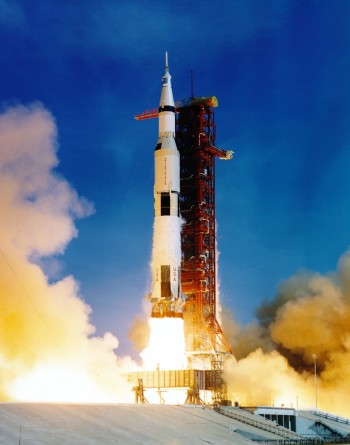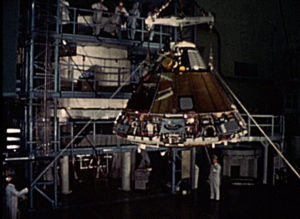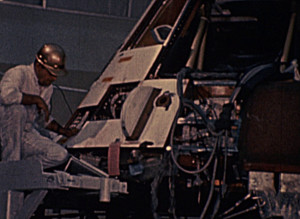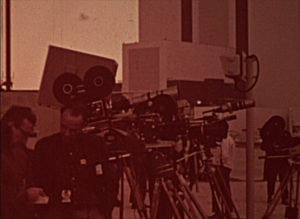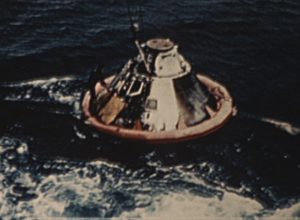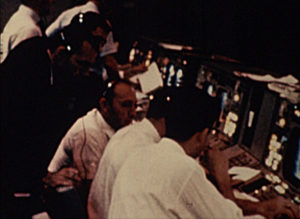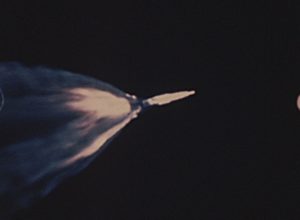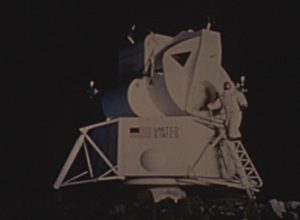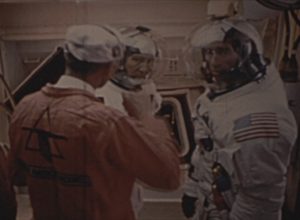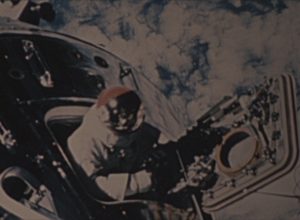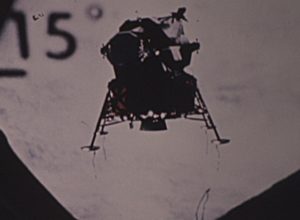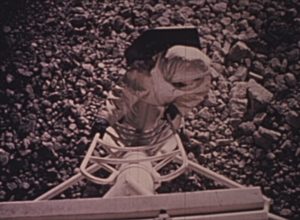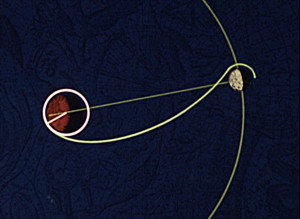
Throughout America’s space program, a number of different rockets were used to put men and machinery into space. The massive Saturn V dwarfed all of them. Comprised of three stages, the fully assembled Saturn V/Apollo spacecraft stood 363 feet tall, weighed 6.5 million pounds, and put out a combined thrust of over 8.5 million pounds (almost 90 percent of that power coming from the first stage alone). Built by Boeing, the Saturn V’s first stage, with it’s five massive Rocketdyne F1 engines, was responsible for the initial launch and pushing the spacecraft to about a 36-mile altitude. At that point the first stage separated and the second stage’s five Rocketdyne J2 engines pushed the spacecraft into the upper atmosphere. The second stage was manufactured by North American Aviation. The third stage, built by Douglas Aircraft Company, had two purposes: help the spacecraft reach Earth orbit and propel it towards the Moon. After jettisoning the second stage, the third stage’s single J2 engine began firing. If the craft were heading to the Moon, it first conducted a parking orbit around Earth to run a check of the systems. The third stage then fired a second time to push the spacecraft into translunar injection. Once the spacecraft was well on its way to the Moon, the third stage was jettisoned and other spacecraft operations began to prepare for arrival at the Moon.

